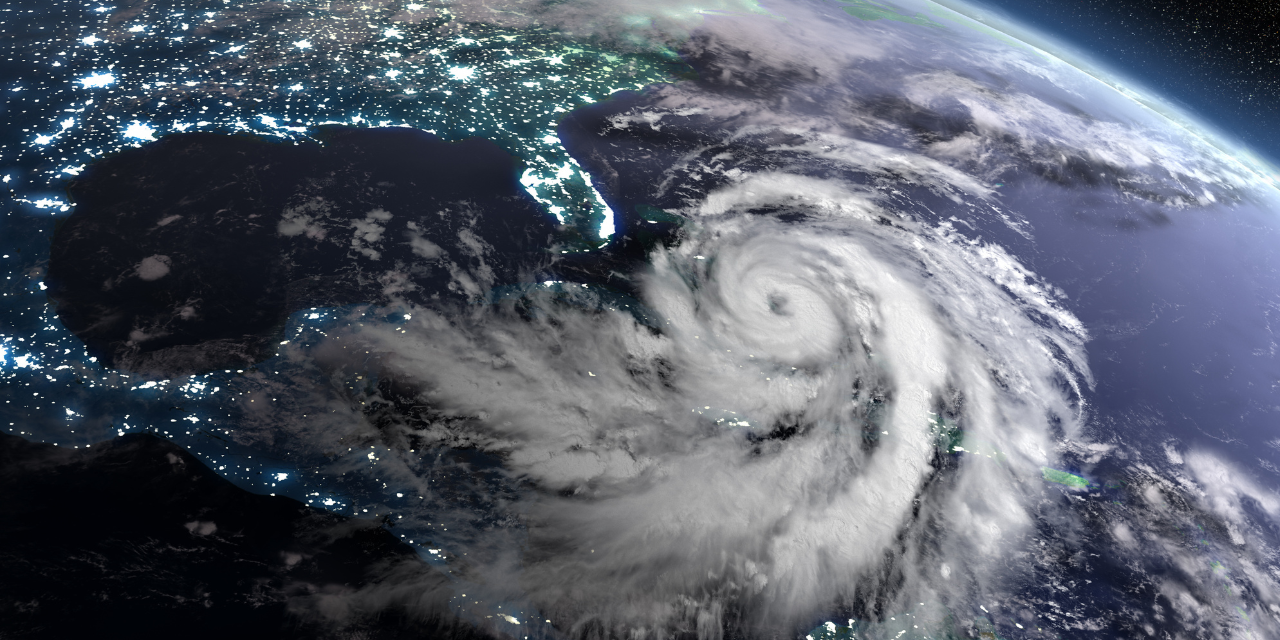This article is part of the Allianz Risk Barometer 2024
Devastating earthquakes, catastrophic floods, record-breaking wildfires, and severe convective storms (SCS) have shunted natural catastrophe three places up the risk radar for 2024.
The year’s costliest nat cat events were the M7.8 and M7.5 earthquakes that struck Turkey and Syria in February, causing insured losses of over $6bn, as well as a tragic loss of human life [1].
Total economic losses from nat cat in 2023 are estimated to be $260bn, according to analysis by Swiss Re. A high number of low-to-medium-severity events added up to insured losses that will exceed $100bn for the fourth consecutive year, with SCS the main contributor. Often referred to as a ‘secondary’ peril, SCS resulted in insured losses that reached an all-time high of $60bn in 2023 – almost 90% more than the previous five-year average of $32bn. The US, which is particularly prone to such storms, experienced 18 events that each incurred insured losses of $1bn and above, with total insured losses for SCS exceeding $50bn for the first time [2].
Around the world, nat cat was the #1 risk in Croatia, Greece, Hong Kong, Hungary, Malaysia, Mexico, Morocco, Slovenia, and Thailand, and ranked in the top three for many countries, such as the US, the UK, Australia, Japan, and Turkey.
“It’s no surprise most of the countries which rank the risk of natural catastrophes and the related peril of climate change the highest are those that sustained some of the most significant events of the year,” says Mabé Villar Vega, Catastrophe Risk Research Analyst, Allianz Commercial. “The increasing influence of changing climate conditions boosted the development of certain events in 2023, and nat cat is now the cause of business interruption businesses fear the most (44% of responses) after cyber incidents.”
2023 is believed to be the hottest year on record, with heatwaves or droughts afflicting areas of southern Europe, the US, Canada, Central and South America, North Africa, and Asia. Sustained dry conditions intensified and contributed to the spread of wildfires in many regions, including Canada, which recorded its most destructive wildfire season, and Greece, where a wildfire near the city of Alexandroupolis became the largest in the European Union’s recorded history. In Maui, Hawaii, the deadly Lahaina wildfire is estimated to have caused economic losses of $5.5bn, with insured losses of $3.4bn [3].
Allianz Risk Barometer 2024
Natural catastrophes: ↑ Rank 3 (26%)
- 2023: 6 (19%)
- 2022: 3 (25%)
- 2021: 6 (17%)
- 2020: 4 (21%)
- 2019: 3 (28%)
- Croatia
- Greece
- Hong Kong
- Hungary
- Malaysia
- Mexico
- Morocco
- Slovenia
- Thailand
A year of deadly flooding disasters
Elsewhere, catastrophic flooding was recorded in many regions, including Hong Kong, China, India, Libya, the Great Lakes of East Africa, Slovenia, and Italy. Heavy rainfall in Italy’s Emilia-Romagna region racked up insured losses of $600mn, making it the costliest weather-related event in the country since 1970 [4]. In the US, a series of ‘atmospheric rivers’ – regions in the atmosphere that carry water – brought heavy rain to California, Nevada, Arizona, and Utah between January and March, with economic losses estimated at over $3.4bn [5].
Exceptionally warm sea surface temperatures in the North Atlantic led to an above-average hurricane season, despite initial forecasts pointing to more subdued activity – 20 named storms meant this was the fourth highest total in a year since 1950 [6]. Hurricane Idalia was the most significant event, registering insured losses of $3.5bn [7].
The effects of the El Niño climate pattern contributed to intensified tropical cyclone activity in the Western North Pacific, the most significant event being Tropical Cyclone Doksuri, which caused economic losses of $20bn in mainland China [8]. In the eastern Pacific, Tropical Storm Hilary affected California and Mexico, while Hurricane Otis caused widespread damage to Acapulco in Mexico.
A series of hailstorms in July set a record for the largest European hailstone – 19cm in Italy – during a number of extreme-weather events believed to have caused $1.1bn insured losses and $4bn economic losses [9]. “Hailstorms are deemed a secondary peril, but they are intensifying and can drive severe losses,” says Villar Vega. “In August, Hailstorm Denis in southern Germany damaged roofs, windows and even the interiors of many properties (insured losses from this event were estimated at $230mn [10]).
“Nat cat events, particularly those related to weather and climate, are expected to increase and therefore they will have an impact on the insurance industry, from model updates to pricing and underwriting strategies. Resilience and business continuity plans must be prioritized for 2024,” Villar Vega concludes.

The aftermath of Hurricane Idalia, Florida
References
[1] Swiss Re, Insured losses from severe thunderstorms reach new all-time high of USD 60 billion in 2023, Swiss Re Institute estimates, December 7, 2023
[2] Swiss Re, Insured losses from severe thunderstorms reach new all-time high of USD 60 billion in 2023, Swiss Re Institute estimates, December 7, 2023
[3] Gallagher Re, Natural Catastrophe Report, October 2023
[4] Swiss Re, Severe thunderstorms account for up to 70% of all insured natural catastrophe losses in first half of 2023, Swiss Re Institute estimates, August 9, 2023
[5] Gallagher Re, Natural Catastrophe Report, October 2023
[6] National Oceanic and Atmospheric Administration, 2023 Atlantic hurricane season ranks 4th for most-named storms in a year, November 28, 2023
[7] Moody’s RMS, Moody’s RMS estimates US$3 billion to US$5 billion in private market insured losses from major hurricane Idalia, September 4, 2023
[8] Gallagher Re, Natural Catastrophe Report, October 2023
[9] Gallagher Re, Natural Catastrophe Report, October 2023
[10] Süddeutsche Zeitung, Hagelsturm “Denis”: Schäden noch viel höher als angenommen, November 23,2023
Pictures: Adobe Stock















